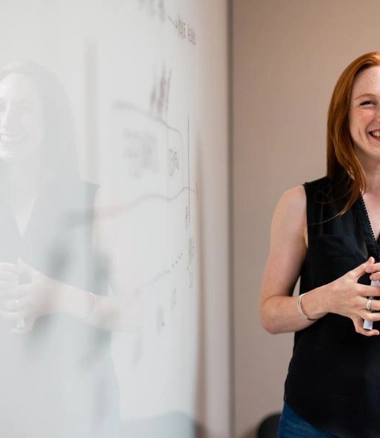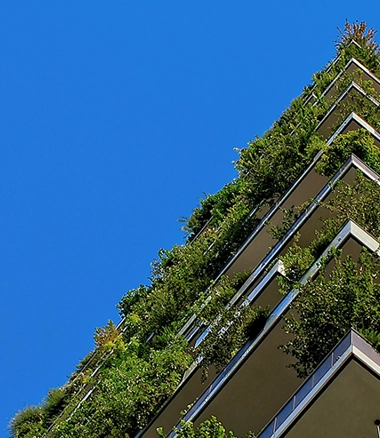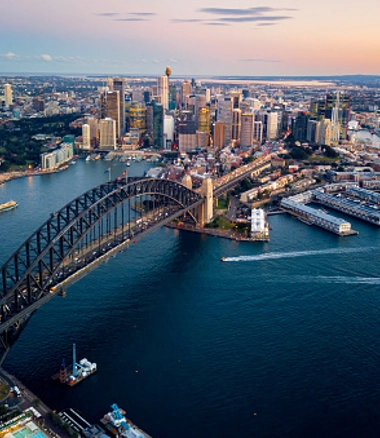
Australia’s building services sector is transforming faster than any other time in its history. Electrification, digital integration, and sustainability mandates are redefining what it means to design and operate a building. The next generation of smart buildings will not only be efficient - they will be intelligent, self-regulating, and deeply connected to the national energy system.

Moving Beyond Compliance to True Performance
Australia has built a global reputation for its sustainability rating frameworks such as NABERS Energy (nabers.gov.au) and Green Star (gbca.org.au). These systems have raised the baseline for environmental performance, but the next evolution goes beyond scoring—it’s about maintaining that performance in real time.
Forward-looking property owners are embedding continuous monitoring and analytics into their asset strategies. By connecting Building Management Systems (BMS) with energy and occupancy data, they’re able to detect inefficiencies, optimise controls, and forecast performance rather than waiting for the next audit cycle. The goal is no longer just to achieve a five-star rating, but to live it every day.
Electrification and the Smart Grid Connection
The rise of renewable generation and distributed energy is changing how buildings interact with the grid. According to the Australian Energy Market Operator (AEMO)’s latest Integrated System Plan (aemo.com.au), Australia’s electricity network will become increasingly decentralised and dynamic over the next decade.
For building services professionals, this means HVAC, hot water, and EV charging systems must be designed to respond to demand signals and pricing in real time. Heat pumps, battery storage, and smart controls can now enable load shifting - allowing buildings to store energy when it’s cheap and feed it back when demand spikes. Buildings are no longer passive consumers; they’re active participants in a smarter, more resilient energy ecosystem.
Intelligent Controls and Data Integration
A truly smart building depends on unified, accessible data. In many projects, system information is still trapped inside proprietary platforms or fragmented across contractors. New Australian research from the CSIRO (csiro.au) highlights that open data standards and centralised analytics are key to unlocking continuous optimisation.
When BMS, EMS, and IoT systems speak the same language, facility teams can automate maintenance, verify carbon performance, and adapt to changing grid or climate conditions. This integration also ensures that insights from one project flow into the next, accelerating sector-wide learning and innovation.
Designing for Flexibility and Resilience
As Australia faces more frequent extreme weather events, resilient design is moving from an optional feature to a necessity. Smart buildings must sustain comfort and safety even during grid instability or temperature extremes.
Passive design strategies - natural ventilation, thermal massing, and shading - are being reinterpreted through a modern lens. Combined with on-site renewables and battery storage, these measures create buildings that can “island” during disruptions while still meeting occupant needs.
This resilience also extends to carbon: as embodied emissions come under closer scrutiny, lifecycle assessments and low-carbon materials will become central to mechanical and electrical design briefs.
The Human Experience at the Core
Technology alone doesn’t make a building smart - people do. A successful smart building strategy empowers facility managers with real-time insights and gives occupants transparency into their environment.
Australian workplaces are increasingly adopting wellness-focused metrics, linking comfort and air quality to productivity. Smart sensors and adaptive systems can fine-tune temperature, lighting, and ventilation to individual preferences while minimising waste. The result is a more human, responsive approach to sustainability.

The Future
The future of Australia’s building services sector will be defined by how well we integrate energy intelligence, human experience, and sustainability into one cohesive framework.
It’s not just about compliance or technology - it’s about designing buildings that think, adapt, and contribute to a cleaner, more resilient Australia.





